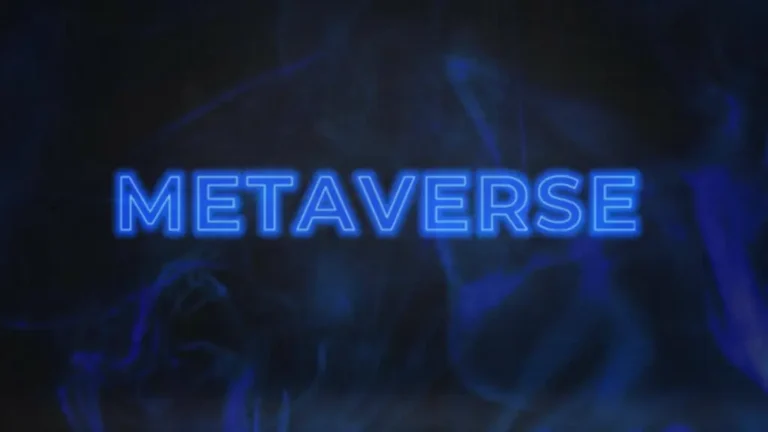However, a centralized method can create bottlenecks or single factors of failure, impacting knowledge availability and efficiency, especially as the group grows. While both approaches can tackle data security and governance, they accomplish that in several methods. Let’s see how every of these components applies to the info mesh and the data fabric. As mentioned beneath the benefits above, this leads to improved responsiveness to changing requirements, higher scalability, and agility. Augmented data catalog – AI-powered intelligent information catalog lets you find, understand and put together all your knowledge with AI-driven metadata discovery and knowledge cataloging.
Decentralize knowledge ownership across your organization by giving every data expert the power to create and consume data merchandise. Be Taught how Coalesce helps data teams decentralize information possession and move sooner, with confidence. Data material offers quite a lot of benefits that contribute to a extra environment friendly and effective data management surroundings for organizations. By integrating knowledge in real-time or close to real-time, data fabric allows organizations to derive actionable insights more shortly.

Information Mesh Vs Information Cloth: Which One Is Greatest For Your Enterprise? #
- In conclusion, the choice between information mesh vs. data fabric architecture requires careful consideration of the unique needs of your organization.
- If you’re not acquainted with the term merchandise beyond what you purchase in the retailer, the concept is comparable.
- It leverages team experience to create and design a business-oriented knowledge product.
- Data governance is enforced via the possession and accountability of domain groups.
- Open-source instruments like Apache Kafka, Apache Spark, and Apache Hadoop offer highly effective constructing blocks for such personalized options.
As A Substitute of requiring knowledge to be moved or duplicated, a data https://www.globalcloudteam.com/ cloth virtualizes entry to data while applying centralized governance and integration insurance policies. This permits enterprise users, analysts and information engineers to use the data they need, sooner and extra effectively. Data Material is not a single tool or product but an architectural framework composed of assorted parts working collectively to make data accessible throughout the entire enterprise. In the end, the choice between knowledge mesh and data fabric is determined by your particular wants, construction and information administration objectives. But hopefully, you now have a better understanding of the worth that information fabric and information mesh can provide.
Centralized governance simplifies coverage enforcement and safety compliance throughout the group. Federated governance with domain-level accountability; challenges include coordination and consistency. Centralized administration focuses on seamless integration and standardized governance. Together, they lay the groundwork for a contemporary, scalable, and business-aligned knowledge technique. The selection between Knowledge Mesh and Knowledge Cloth is subject to the group set-up, goals, and techniques.
Find Useful Insights In Calibo’s Resources Library
In traditional architectures, the data warehouse serves because the centralized data integration layer. By specializing in these four principles, data mesh shifts the paradigm from centralized knowledge administration to a decentralized, domain-oriented method to align information technique extra intently with enterprise needs. Data mesh decentralizes information ownership throughout multiple domains, permitting teams to scale information operations independently. This reduces bottlenecks in centralized methods, increases agility, and facilitates quicker decision-making by empowering domain teams to manage their own information. Knowledge mesh is a decentralized approach to data architecture that treats data as a product and emphasizes domain-oriented possession. Quite than centralizing all information duties in a monolithic data staff, information mesh distributes accountability to the teams closest to the data.
These recommendations automate information administration choices, such as what integration course of to use and the way and where to retailer knowledge. Are you torn between centralized control and decentralized agility, consistency and flexibility, or governance and autonomy? Selecting between data mesh vs data fabric isn’t just a tech determination; it shapes how your corporation manages information and drives progress. Knowledge fabric is the technical backbone—a set of clever, automated providers that unify and handle knowledge across sources, platforms, and environments.

As information continues to be a strategic asset, organizations must proactively consider and adopt the information administration methods that best align with their aims. Information Fabric, however, emphasizes a unified integration strategy, the place data is centrally managed and integrated within a cohesive structure. This centralized integration mannequin simplifies the way you manage and access information, however could restrict the pliability and agility of particular person domains to build custom knowledge options. In today’s data-driven landscape, organizations are grappling with the complexities of managing and harnessing the ever-increasing volumes of information Data Mesh and Data Fabric.
One Other factor to consider when choosing between knowledge mesh vs. information material architecture LSTM Models is the complexity of your information surroundings. If your group offers with a excessive volume of complicated knowledge that requires superior data engineering, an information fabric architecture could be the most effective match. Alternatively, in case your organization requires a more versatile approach to knowledge management, a knowledge mesh architecture might be a higher choice. Data Fabric, on the opposite hand, takes a extra centralised method, focusing on making a unified and integrated data environment. It leverages advanced applied sciences like AI, machine learning, and metadata management to connect disparate data sources and supply a seamless knowledge entry expertise. The aim is to summary the complexities of underlying data infrastructure and empower customers to simply discover, entry, and utilise information regardless of its location or format.
Conventional models like centralized knowledge lakes are buckling under the demand for real-time activities, dispersed worldwide groups, and accountability. Trendy organizations are as an alternative on the lookout for new age decentralized and dynamic techniques, often weighing the data mesh vs knowledge material approaches to search out their best fit. Instead of consolidating all information right into a single centralized data warehouse or lake, knowledge mesh employs federated knowledge architecture. This method offers the flexibility to determine on the right storage and processing technologies for each domain’s particular needs. This ensures consistency and coherence in knowledge governance policies, safety measures, and compliance requirements. By decentralizing knowledge ownership to particular person domains, Information Mesh promotes higher accountability and domain experience in knowledge management.

A knowledge cloth is a brand new kind of data management system that uses automated knowledge integration or knowledge engineering to create a categorized setting. This environment then secures the work with artificial intelligence and metadata automation. Information mesh focuses on knowledge filtering, organization, and accessibility, and it makes use of a domain-oriented architecture. Each domain manages its knowledge pipeline and is responsible for processing the information. This approach enables teams to source actionable knowledge primarily based on their particular necessities, avoiding duplication of effort and providing autonomy. Each domain is liable for managing its information, ensuring its high quality, and making it accessible.
Domains have the autonomy to make decisions and implement modifications shortly, leading to improved agility. Additionally, the data-as-a-product mindset encourages domains to innovate and develop tailored information merchandise that meet their specific wants, driving business worth. Data Cloth is a unified information administration method that goals to create a seamless and interconnected information ecosystem. It emphasizes interoperability, governance, and the combination of disparate information sources, enabling organizations to entry and analyze information from varied methods and places. The primary difference between Data Mesh and Information Fabric lies in their strategy to information administration.